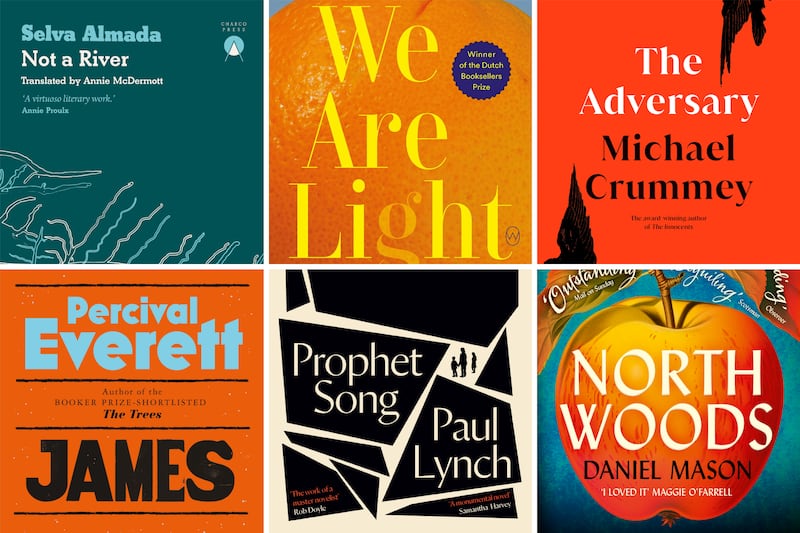The Government's announcement of the Basic Income for the Arts pilot "heralds a new era for the arts in Ireland" and proclaims an "unprecedented commitment" to funding creative practice. The organised relief for more than 800,000 people suddenly thrust into unemployment by the onset of the pandemic and the initiative now – in what we hope is the pandemic's late phase – to create a "safety net for artists" draw from a deep collective memory of the greatest social experiment in the history of the United States: the New Deal.
In the depths of the Great Depression, 25 per cent of the US workforce were unemployed. More than 13 million families took their places in the breadlines that became the iconic images of the 1930s. Displaced people crowded into shantytowns, nicknamed Hoovervilles in condemnation of the ousted president’s failures in domestic policy. The new president Franklin Delano Roosevelt’s strategy was to put a positive spin on an inherited problem, focusing on “settlement” rather than homelessness and cultivating a rhetoric of stability and abundance in place of precarity and scarcity.
When we think of the New Deal, we often think of major infrastructure projects: airports, road building, rural electrification, the Hoover Dam visible from space. But FDR’s plan also included federal support for music, theatre, writing and the visual arts. Under the Federal Art Project, one of the programmes collectively known as Federal One, artists received $23.60 a week (about $500 today) with no restrictions on the work that they produced. But in order to qualify, artists had to prove that they were completely destitute, a humiliating bureaucratic process.
Artist and printmaker Riva Helfond remembered, “They were spot checking where we lived, who we lived with, whether we were making any extra money, whether we were really producing….there were some nasty people.”
The stigma associated with taking government payments led some artists, including renowned sculptor Louise Nevelson, to downplay or completely overwrite the New Deal work from their life histories. This deliberate forgetting that was a consequence of collective trauma has disguised just how crucial New Deal funding was for the survival of the creative arts.
What makes this period of history so important to us now is not the depth of need but the sense of collective endeavour. The Irish Government is to be commended on its design of a “non-competitive process”, its avowal of the “intrinsic value” of creative practice, and its understanding of the time it takes for artists to build portfolios, when financial security is fundamental to the development of creative practices. It’s essential that as the pilot expands, the Government maintains its commitment to equity, the respect of artists’ privacy, and the diversity of their work.
As much as it inspires, the New Deal also offers a cautionary tale for Ireland. Federal funding for the arts faltered as politicians and the cultural elite countered the democratisation of access to creative practice, lobbing accusations about the nature and quality of the work that was being produced.
Arts administrators were faced with a barrage of bureaucratic directives and sensational reporting from the press that contributed to the programme's defunding and ultimate demise. And crucially, as Basic Income for Artists is seen as a step toward "Ireland's first basic income" (Irish Times, March 1st, 2022), the Irish Government should be mindful of the ways that the New Deal replicated structural racism and housing inequality – urgent issues that the country must now face.
Lauren Arrington is Professor of English at Maynooth University. She is writing a book about radical women artists of the New Deal. Her most recent book is The Poets of Rapallo.





















